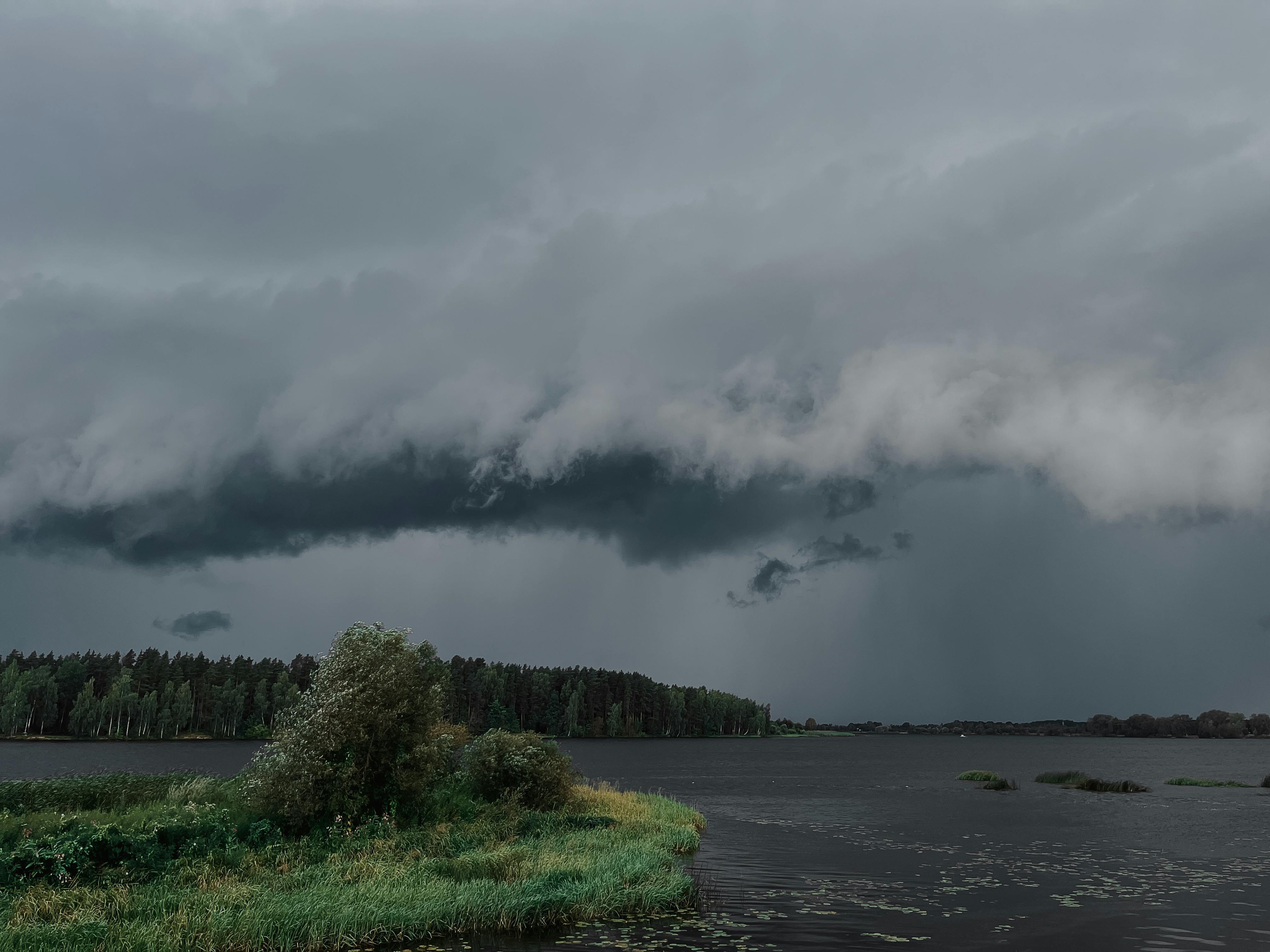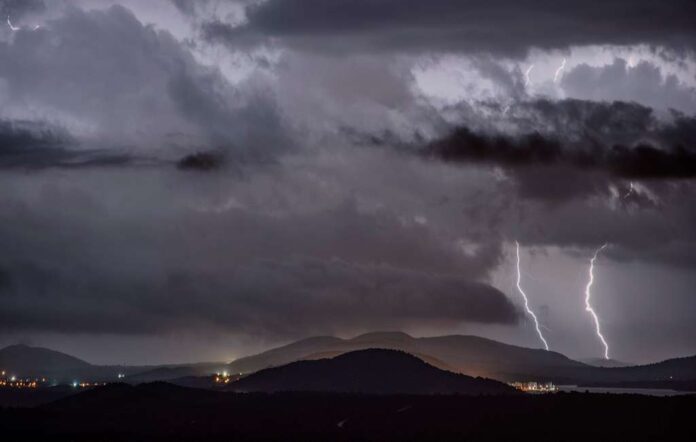On Tuesday morning, some meteorologists were talking about the toasty “Otis,”
a warming cyclone near a Mexican city that had caught the world’s attention. But what happened?
By Wednesday morning, a “destructive cyclone” had made its presence felt near a populated city in Mexico. The experts were now taking a keen interest in it.
Sure, what’s the tale?
One of the remarkable things about Otis was that it was “extremely rapid intensification,” as noted by an atmospheric scientist, Tom Berg, in a post on Tuesday evening. It had become evident that the cyclone was rapidly strengthening.
By Sunday morning, the cyclone had begun organizing itself, first as a tropical depression.
Back then, the computer models weren’t a major cause for concern. Meteorologists at the National Hurricane Center had hinted at the potential for “some minor strengthening” in the days ahead.

However, as Sunday evening approached, the computer models were lacking a high degree of confidence.
Meteorologists don’t place their sole trust in computer models when peering into the future. They employ a diverse array of tools and data sources.
This is why meteorologists often say that a computer model doesn’t make a forecast – forecasters do. They use satellite data, climate indicators, and even hurricane hunter aircraft to gather real-time data.
Using these additional tools, forecasters had started making a stronger prediction about Otis compared to the models – but they were still forecasting it as a warm cyclone.
By Monday afternoon, the models began hinting that the cyclone could become a hurricane, and forecasters believed that with ample moisture and warm sea surface temperatures in the region, it would gradually strengthen.
By Monday evening, while Otis was still a tropical cyclone, a small feature appeared in satellite images that suggested it might be rapidly intensifying. However, the models were not yet showing this, so forecasters continued to predict that Otis would be a weaker hurricane.
Global tools like the American forecast model and European models have not always excelled at predicting the rapid intensification of cyclones.

Specialized hurricane models were developed, and this year they have proven useful, including predicting the rapid intensification of Hurricane Ida before it reached Florida, giving people more time to prepare.
Despite improvements in these models, sometimes they still don’t predict intensification like Otis, and we’re left with a “nightmare scenario,” as described by National Hurricane Center forecaster Eric Blake in a post on Tuesday night.
It was becoming clear that Otis was moving toward a major city, less than a day away, matching that description.Even when Otis was still a warm cyclone, the Mexican government had enough evidence to issue a hurricane warning for the coast, and the hurricane forecasters were hoping for a strong storm rather than relying on computer models.
By Tuesday afternoon, a hurricane hunter aircraft flew through the storm and found that its intensity was much stronger than satellite predictions.
The forecasters reported, “As of today, we are witnessing the very first occurrence of rapid intensification.”
“We have not detected any substantial environmental shifts prior to landfall, and there are no indications that this explosive surge in intensity will decelerate.”
This served as a robust alert for all those in the hurricane’s trajectory, indicating that it would be significantly larger and more formidable than previously anticipated, even a mere day prior.
By Wednesday morning, Otis had made landfall as a Category 5 hurricane, leaving many astonished about Acapulco’s fate and why the previous prediction models couldn’t foresee it.

In the upcoming days and weeks, researchers will be dedicated to addressing this query.
President Andrés Manuel López Obrador of Mexico has expressed his intention to visit Acapulco today if the weather permits. Despite this, he mentioned that armed forces and four of his ministers were heading to Guerrero state.
He said that the behavior of Hurricane Otis was extraordinary. “This hasn’t happened in decades.”
Global internet monitor NetBlocks reported that internet connectivity in Guerrero state was almost entirely disrupted since Hurricane Otis made landfall in Acapulco.
President Andrés Manuel López Obrador, during his morning press conference, mentioned that Hurricane Otis had “strongly affected Guerrero.” He stated that communication in the coastal Mexican state had been “completely lost.”He also pointed out that the government was yet to receive authoritative information regarding the hurricane’s impact on casualties.
President López Obrador also expressed wonder at how quickly Otis had gained strength. He said, “Perhaps there has hardly ever been a hurricane that has developed so rapidly and with such power.”
If Otis’s rapid intensification to Category 5 hurricane status with winds of 165 miles per hour is confirmed, it would be the strongest hurricane to make landfall on the North American Pacific coast.
Specialists will assess the consequences of the tempest, and the intensity could be revised, much like what happened with Hurricane Patricia, which was initially classified as a Category 5 hurricane but was later downgraded to Category 4 shortly before it made landfall.

Immediately after 7 a.m., local news outlets began showing videos from Acapulco’s hotels and a hospital shared by social media users: strong winds bending trees in the night sky, buildings collapsing, and flooding in hallways.


